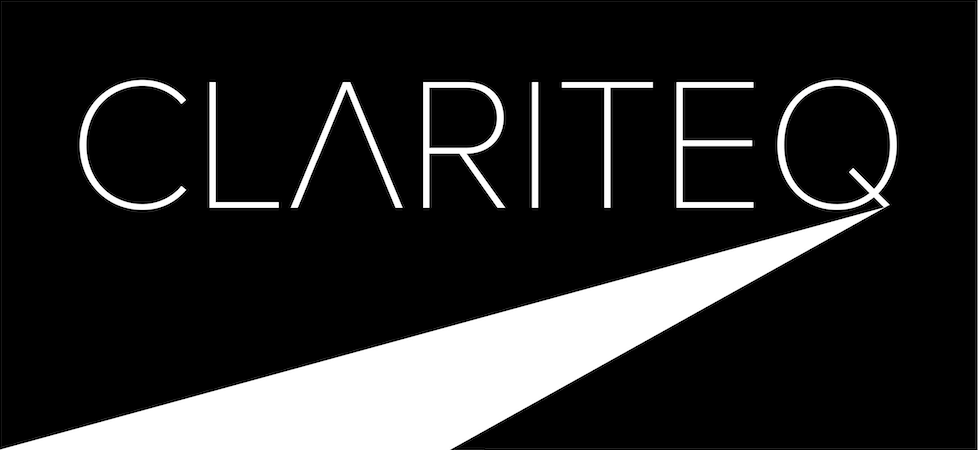Business-Oriented Data Modelling
Useful Models in Agile Timeframes - 2 days in-person, 3 half-days virtually
Description:
Around the world, there’s a surge of interest in data modelling as a powerful tool for improving communication among technical and non-technical groups. Why? – because it allows all stakeholders to develop a common understanding of the things - the entities - that are at the core of the business’s applications, processes, and information assets. It uncovers and resolves inconsistency in business terminology, policy, and rules that otherwise plague application development and other initiatives.
This workshop introduces entity-relationship modelling from a non-technical perspective, thoroughly covering the basic components of a data model - entities, relationships, attributes, and identifiers. It demonstrates how and when to use these components in developing a data model, and includes many tips, quality checklists, and warnings of common pitfalls. Just as important, it contains far more advice on the process of developing a data model than other courses, including specific methods for getting subject matter experts involved and maintaining their commitment.
Business Analysts and Agile/DevOps teams find that a small, up-front investment in business-oriented data modelling saves much time and refactoring in later sprints. Data professionals, including business intelligence (BI) specialists, data scientists, big data professionals, and data lake implementors see the communication and integration benefits of the technique. It’s even used in support of business transformation initiatives, and software selection and configuration. The key in all cases is to recognise that a data model (especially a concept model) is a description of a business, not of a database – the philosophy on which this unique workshop is based.
Objectives:
On workshop completion, participants will be able to:
Understand the essential components of an entity-relationship data model -
entities, relationships, attributes, and identifiersUse entity-relationship modelling to depict facts and rules about business entities at different levels of detail and perspectives, specifically conceptual (overview) and logical (detailed) models
Apply techniques that support active participation and engagement by business professionals
Develop conceptual and logical models quickly using repeatable methods for Agile modelling
Draw an Entity-Relationship Diagram (ERD) for maximum readability
Read a data model, and communicate with specialists using the appropriate terminology.
Prerequisites:
None, although an understanding of information systems concepts may be helpful.
Target Audience:
Core audience - business analysts and application developers (especially on Agile teams) responsible for the analysis, design, and development, or selection and configuration of an application. Business intelligence (BI) professionals, big data specialists, data scientists, data lake implementers and business professionals are all currently benefitting from this workshop.
Course Topics:
Data modelling overview: terms, components, types of models, and a three-phase approach
Using concept modelling in an Agile environment to identify user stories and application services
Initiating a conceptual data model using a bottom-up approach
Four common errors in identifying entities, and how to avoid them
Eliminating confusion and missed requirements with well-structured definitions and assertions
Four basic patterns in data modelling, and rules and guidelines for applying them
Patterns for common situations - multi-valued attributes, redundant data, and reference data
The world's simplest guide to normalization – an intuitive, visual approach for logical models
Primary and foreign keys in logical data models – conventions, rationale, and limitations
Apply event-based and other approaches to discover, clarify, and meet new data requirements ;
Wrap-up – summaries and resources

